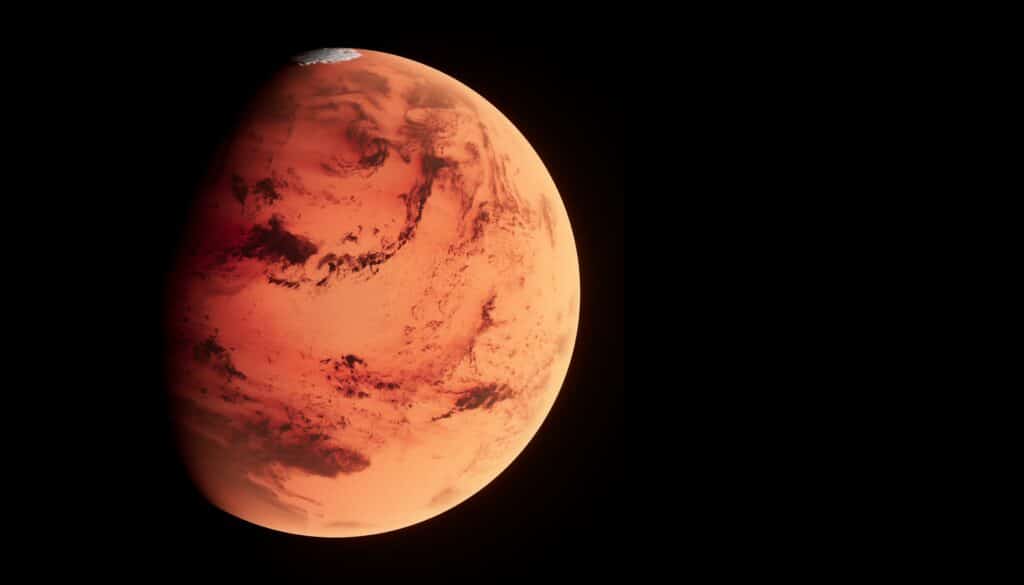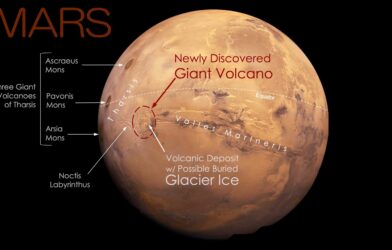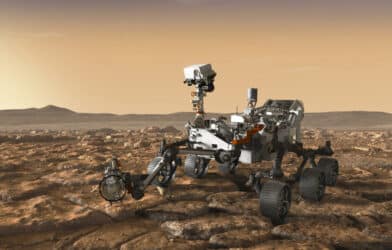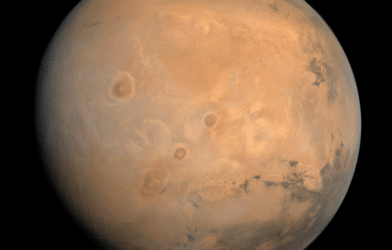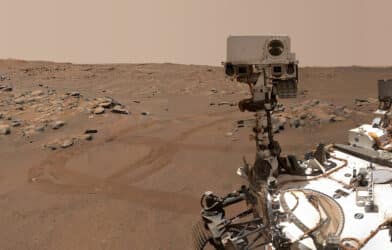‘What would take a human chemist 2000 years, AI completed in just two months’
The dream of living on Mars, a long-standing trope of science fiction, is edging closer to reality, thanks to groundbreaking research in oxygen production using Martian resources. A recent discovery that has sparked hope is the activity of water on Mars. This breakthrough opens up the possibility of creating essential chemicals, like oxygen, necessary for long-term human survival on the alien planet.
Scientists are now keenly exploring the potential of decomposing water to produce oxygen. This process, known as electrochemical water oxidation, is driven by solar power and involves oxygen evolution reaction (OER) catalysts. The key challenge lies in synthesizing these catalysts on Mars using local materials, as transporting them from Earth is prohibitively expensive.
A team from the University of Science and Technology of China (USTC) has made a significant stride in this direction. They’ve developed a robotic artificial intelligence (AI) chemist capable of synthesizing and optimizing OER catalysts from Martian meteorites. Their collaboration with the Deep Space Exploration Laboratory has yielded promising results.
“The AI chemist innovatively synthesizes OER catalyst using Martian material based on interdisciplinary cooperation,” explains Yi Luo, leading scientist of the project, in a statement.
This AI system functions through a series of intricate steps, starting with analyzing Martian ores using laser-induced breakdown spectroscopy (LIBS). It then processes these ores through various stages, including weighing, solution preparation, separation, and solidification.

The AI’s “brain” employs advanced techniques like quantum chemistry and molecular dynamics simulations to evaluate the catalytic activities of high-entropy hydroxides. Employing density functional theory (DFT), it predicts the optimal combination of Martian ores needed to synthesize the best OER catalyst through Bayesian optimization. DFT is a quantum mechanical method widely used in physics and chemistry to investigate the electronic structure of many-body systems, especially atoms, molecules, and the condensed phases.
Remarkably, this AI chemist has synthesized a highly effective catalyst from five types of Martian meteorites, capable of producing oxygen steadily for over 550,000 seconds even at Mars-like temperatures of -37 °C.
This achievement is a scientific marvel and a testament to efficiency. What would take a human chemist 2000 years, the AI completed in just two months. The implications of this research extend beyond Mars exploration. As the paper’s reviewer noted, this type of research is rapidly developing in various fields of material synthesis and discovery.
“In the future, humans can establish an oxygen factory on Mars with the assistance of AI chemist,” co-author Prof. Jun Jiang optimistically states. The technology only requires 15 hours of solar irradiation to produce sufficient oxygen for human survival. This innovation brings us a step closer to realizing the dream of human life on Mars.
The research paper is published in the journal Nature Synthesis.
